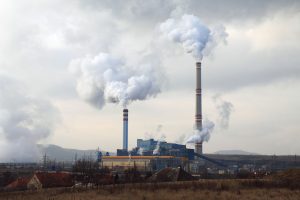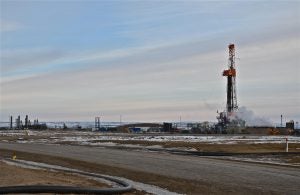 By Larissa Koehler, Jamie Fine
By Larissa Koehler, Jamie Fine
Distributed energy resources, from rooftop solar panels to smart well-weatherized homes and timed electric vehicle charging, are vital pieces of the clean energy puzzle. Coordinating how and where to encourage them in a way that benefits the electric grid, the environment, and Californians can be complicated. In its’ Integrated Distributed Energy Resource proceeding, the California Public Utilities Commission (Commission) recently asked stakeholders [PDF] to “consider how existing programs, incentives, and tariffs can be coordinated to maximize the locational benefits and minimize the costs of distributed energy resources.”
This key step forward in the proceeding is potentially a big deal. Why? Rocky Mountain Institute’s report puts it this way [PDF]:
“More granular pricing, capable of reflecting marginal costs and benefits more accurately than today’s rates do, will provide better incentives to direct distributed resource investments, regardless of whether investments in and management of [distributed energy resources] are undertaken by customers, by utilities, or by third-party service providers.”
By reflecting both costs and benefits in retail prices that electricity customers pay, California can modernize the grid while spurring the efficient and fair build out of distributed clean energy resources. This can help the state substitute traditional and inflexible polluting resources [PDF] with a variety of more nimble distributed energy resources where the grid can handle them. What’s more, distributed energy resources can lead to cleaner air in areas traditionally burdened by higher levels of harmful air pollution. They can achieve all this while bolstering the electric grid and protecting the health of the environment and of Californians. Read More











 By
By 

